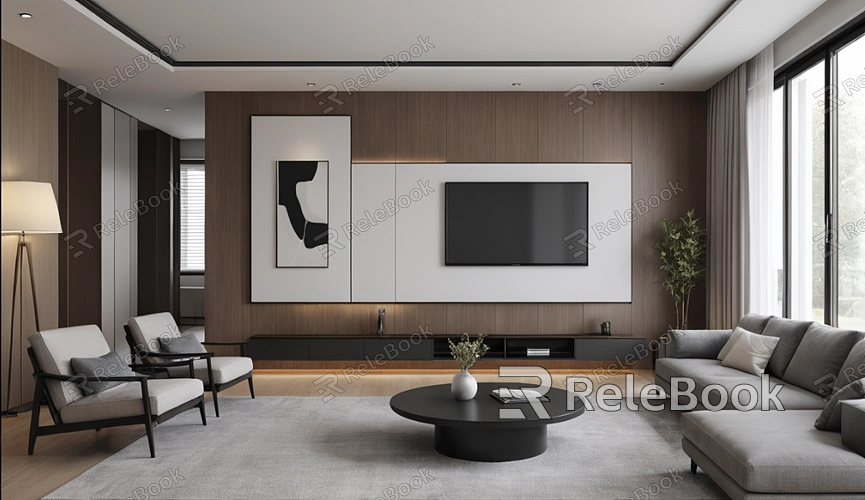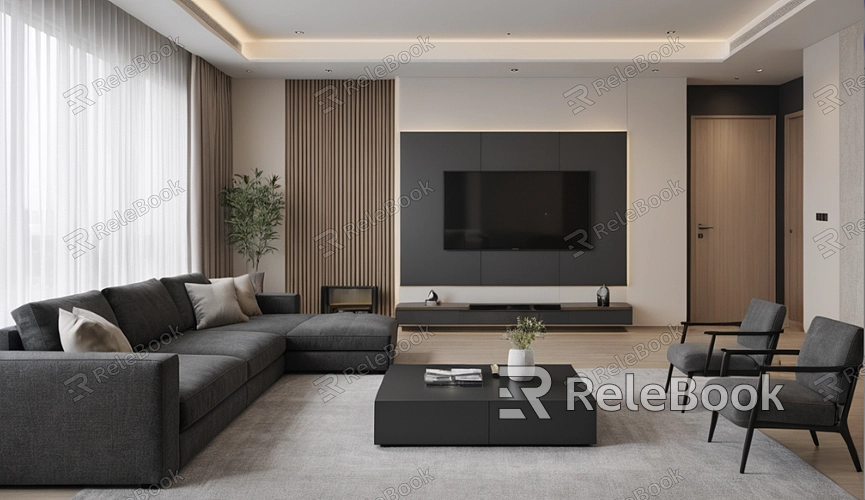How to Use Templates to Create 3D Models?
As technology continues to evolve, the process of creating 3D models has become increasingly accessible, with templates serving as an efficient tool. Using templates not only speeds up the modeling process but also ensures the accuracy and aesthetics of the model. This article will delve into how to use templates to create 3D models, from choosing the right tools to practical techniques, helping you take a solid step forward in this field.

What is a 3D Model Template?
Before diving in, we first need to define what a 3D model template is. A 3D model template is a pre-designed framework that users can modify and expand upon to create custom 3D models. Templates usually include basic geometric shapes, textures, and material settings, allowing users to focus more on details and creativity rather than starting from scratch. This approach not only saves time but also improves the quality of the models.
Choosing the Right Modeling Tool
The first step in creating 3D models is selecting the right modeling tool. There are many software options available, each with its own unique features, strengths, and weaknesses. Popular 3D modeling software includes Blender, Maya, 3ds Max, and ZBrush.
1. Blender
Blender is a powerful open-source 3D modeling software that is free to use. It supports various modeling methods, including polygon modeling, surface modeling, and sculpting. Blender also offers a wide array of template resources, making it suitable for both beginners and professionals.
2. Maya
Maya is a professional 3D modeling software widely used in the animation and game development industries. It offers robust modeling tools and templates but requires a paid subscription. Maya’s user-friendly interface is best suited for intermediate to advanced users.
3. 3ds Max
3ds Max is a modeling tool focused on architectural and interior design, often used to create high-quality renderings. It has an extensive library of templates and materials, making it ideal for projects that require detailed visual representation.
4. ZBrush
ZBrush specializes in sculpting and is perfect for creating complex organic shapes and character models. While it has a steeper learning curve, its powerful sculpting features make it a standout in character modeling.

Obtaining and Installing Templates
Once you’ve chosen your modeling tool, the next step is to obtain and install templates. In many 3D modeling software programs, users can access template libraries directly within the software. Additionally, numerous websites and online communities offer a wide range of 3D model templates.
1. Using In-Software Template Libraries
Most modeling software includes built-in template libraries where users can search for and download the templates they need. These templates typically cover various themes, from characters to environmental models, allowing users to start quickly.
2. Online Resource Websites
In addition to in-software libraries, many online resource websites offer free or paid 3D model templates. Sites such as TurboSquid, CGTrader, and Sketchfab provide extensive model collections that users can download and use as needed. When choosing a template, consider the purpose and detailed requirements of the model to ensure it fits your project.
Creating Models Using Templates
After downloading and installing your templates, you can begin using them to create models. Below are some basic steps to help you get started.
1. Importing Templates
The first step in your modeling software is to import the downloaded template. This is typically done by selecting the “Import” option from the “File” menu and choosing the desired template file. Once imported, the template will appear in the workspace, and you can begin editing.
2. Modifying the Template
Once the template is imported, you can modify it to fit your project’s needs. This might involve adjusting the model’s shape, adding details, or changing textures. Using the various tools within the modeling software, you can creatively alter the model as you see fit.
3. Adding Materials and Textures
Materials and textures are essential components of a 3D model. You can add different material properties, such as glossiness, transparency, and reflection, to make the model more realistic. Most modeling software offers a rich library of materials that you can easily select and apply to your model.
4. Adjusting Lighting and Rendering
To make your model appear more realistic in the final output, you need to adjust the lighting effects. Lighting settings can affect the overall appearance of the model, ensuring it looks its best when rendered. After setting everything up, you can render the model to produce the final 3D image or animation.
Exporting and Sharing Your Model
Once the modeling is complete, you can export the model in various formats for use on different platforms. Common export formats include OBJ, FBX, and STL. These formats are widely supported by various game engines and animation software.
1. Choosing the Right Export Format
Selecting the appropriate format for exporting your model is crucial. For example, if you plan to import the model into a game engine, the FBX format is often the best choice, while STL is ideal for 3D printing. Be sure to check the file format compatibility with your intended platform.
2. Sharing Your Model
Finally, you can share your created model with others. This not only showcases your work but also helps you receive feedback and suggestions. You can share models on personal websites, social media platforms, or specialized 3D model-sharing sites.
By choosing the right modeling tool, finding appropriate templates, and creatively modifying them, you can quickly produce high-quality 3D models. Whether you're a beginner or a seasoned professional, mastering the use of templates will enhance your modeling capabilities and creative potential. If you need high-quality 3D models and textures, visit the Relebook website to download resources that will enrich your projects.
FAQ
What are the advantages of using templates to create 3D models?
Using templates saves time and effort, allowing you to focus more on creativity and detail. Additionally, templates are often optimized, ensuring high-quality models.
How do I choose the right template?
When selecting a template, consider your project’s needs and purpose. Ensure that the template’s details and style match your vision. It’s helpful to browse multiple resources to find the most suitable one.
How much can I modify a template?
Templates are designed as a foundation for you to modify and expand upon. You can make a variety of adjustments, including changes to shape, textures, and materials, to fully customize the model to your needs.
What are common 3D model formats?
Common 3D model formats include OBJ, FBX, and STL. Each format serves different platforms and purposes, so it’s important to choose the right one based on your needs.
How can I improve my 3D modeling skills?
To improve your 3D modeling skills, practice regularly, watch tutorial videos, join related communities, and share your work to get feedback. Continuous exploration and hands-on experience are key to improvement.

